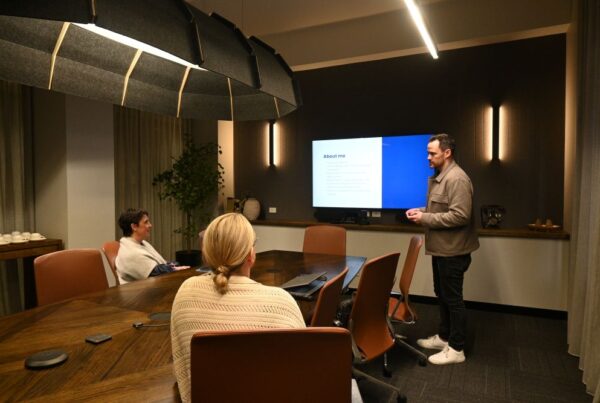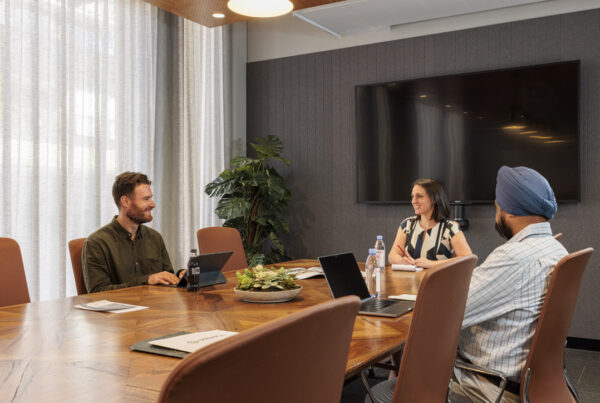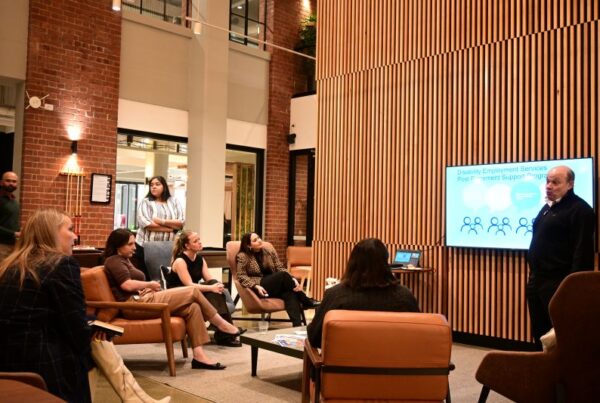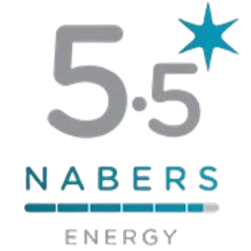
When planning a meeting, the space you choose sets the tone for everything that follows. While boardrooms and meeting rooms may seem interchangeable at a glance, they serve distinct purposes and are designed with different goals in mind. A boardroom offers a formal setting for executive decisions and high-level discussions, while the other is often more flexible, meeting room designed to foster collaboration, creativity, and everyday teamwork. Understanding the boardroom and meeting room difference can help businesses choose the right environment for each occasion, whether it’s a client pitch, a strategy session, or a team catch-up. In this article, United Co. unpacks the key distinctions in layout, function, and atmosphere to help you make more informed choices for your next meeting.
What Is a Boardroom?
A boardroom is traditionally the most formal meeting space in a professional setting. It’s typically designed for senior leadership, executives, or external stakeholders to gather in a private, focused environment.
Key features of a boardroom include a large, central table designed for discussion, comfortable executive seating, advanced AV technology for seamless presentations, and a professional, quiet atmosphere with high levels of privacy.
Boardrooms are ideal for occasions that demand discretion, authority, and strategic oversight, such as investor updates, company announcements, and major decision-making sessions. In many ways, a boardroom symbolises clarity, vision, and leadership.
What Is a Meeting Room?
In contrast, meeting rooms offer greater flexibility and are designed to serve the dynamic needs of day-to-day collaboration. While they may vary in size and setup, most are more casual and adaptable than boardrooms.
Common meeting room characteristics are using modular furniture or small tables suitable for group work, smart screens, whiteboards, and video conferencing tools. Meeting rooms also usually have an inviting layout that encourages dialogue and ideation
Meeting rooms are used for team catch-ups, internal planning sessions, project briefings, remote meetings, and collaborative workshops. They prioritise accessibility and agility, making them ideal for fast-paced work environments.
Understanding the boardroom and meeting room difference ensures you’re choosing a space that matches the energy and intention of your meeting.
Key Differences at a Glance
When deciding between a boardroom and a meeting room, understanding the key differences can help you choose the space that best aligns with your objectives. Here are the primary distinctions explained in more detail:
1. Purpose
Boardrooms are designed with strategic decision-making in mind. They’re typically used for high-stakes conversations such as board meetings, investor presentations, or executive planning sessions where outcomes have a significant business impact. Meeting rooms, on the other hand, are geared toward day-to-day operations. They provide a flexible setting for brainstorming, project updates, internal training, or quick huddles. The purpose of the gathering should always inform your space choice.
2. Participant Profile
Boardrooms often host senior leaders, executives, or external stakeholders who require a professional and private environment. The atmosphere is more formal, and the participants are usually fewer but of higher-level decision-making authority. Meeting rooms are more accessible to teams across all levels, whether it’s a cross-functional squad aligning on deliverables or a marketing team planning their next campaign. They support collaborative energy, inclusivity, and versatility.
3. Layout and Design
A typical boardroom features a large central table surrounded by high-backed executive chairs, often in a polished setting with minimal distractions. The layout reinforces focus, hierarchy, and structured dialogue. In contrast, meeting room setup style is often modular, with movable furniture that can be adapted for different formats. From circular discussions to breakout groups, the design encourages active participation and interaction.
4. Technology and Equipment
Boardrooms are usually equipped with premium audiovisual systems, multiple display screens, teleconferencing tools, and microphones suited for formal presentations or hybrid executive meetings. The emphasis is on high-quality delivery and professionalism. Meeting rooms also come with essential tech tools, like video conferencing setups, digital whiteboards, and screen sharing—but they’re built for flexibility rather than formality. The technology here supports fast-paced ideation and collaboration.
5. Atmosphere and Tone
The atmosphere of a boardroom is typically quiet, focused, and professional. It lends itself to confidential discussions, long-term strategy, and decision-making authority. Meeting rooms, by comparison, are often more relaxed and inviting. They promote creative thinking, spontaneous dialogue, and agile working styles, making them perfect for innovation and everyday collaboration.
How to Choose the Right Space for Your Needs
When booking a space, consider the following:
- Formality: Does the meeting require a professional setting or a casual vibe?
- Participants: Who is attending? Clients, executives, or internal teams?
- Technology: Do you need presentation screens, whiteboards, or hybrid meeting capabilities?
- Outcomes: Is the goal to inspire collaboration or drive decisions?
If your meeting involves external guests or high-level strategy, a boardroom is usually best. For agile planning or informal team syncs, a meeting room provides the right mix of flexibility and function. The more you understand the boardroom and meeting room differences, the easier it becomes to align your space with your goals.
Boardroom and Meeting Room Options at United Co.
United Co. offers both boardrooms and meeting rooms designed to accommodate a range of business needs, each space thoughtfully tailored in design, technology, and atmosphere to suit specific meeting styles.
United Co. Executive Boardroom
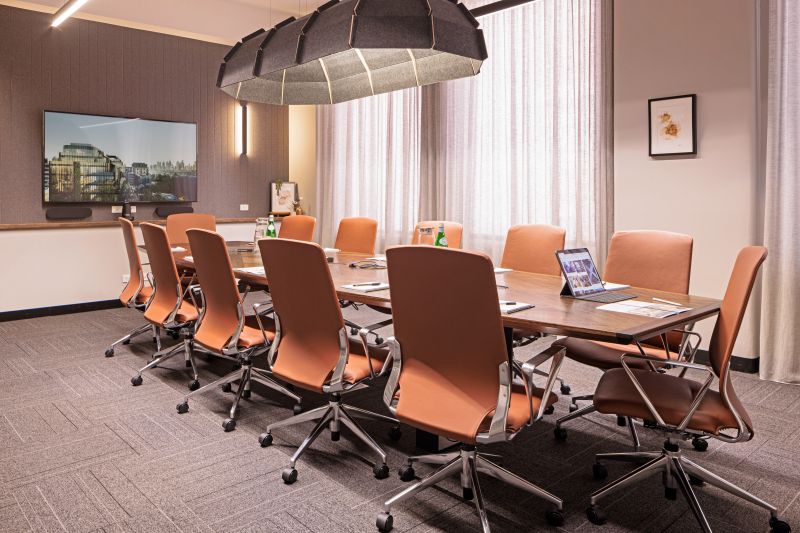
- Capacity & layout: Seats up to 22 in a classic executive style around a single, grand table.
- Design & ambience: Equipped with hotel-style waiting lounges, a concierge station, and a business lounge feel, ideal for high-level sessions that require privacy and impact.
- Tech & amenities: Includes built‑in video conferencing, premium AV systems, dedicated meeting coordinators, wireless microphones, and on-demand catering.
- Best suited for: Board-level discussions, investor presentations, legal negotiations, and any meeting that demands gravitas, discretion, and a polished impression.
United Co. Flexible Meeting Rooms

- Variety of formats: Options range from a compact 7‑seat Vienna room to the more dynamic Panama workshop space for up to 12, plus lounges like the New York Presentation Lounge designed for creative or casual gatherings.
- Design & adaptability: Most rooms offer movable furniture, acoustic treatments, sheer curtains, and natural light, encouraging collaboration and informal interactions.
- Technology & support: Includes high‑resolution display screens (65–75 inches), wide‑angle cameras, wireless screen sharing, whiteboards or Smartboards, and access to a meeting coordinator.
- Best suited for: Brainstorming sessions, team workshops, remote collaboration with hybrid participants, and small-group meetings that prioritize interaction over formality.
No matter your need, our shared workspaces in Fitzroy offer a seamless booking experience that lets you focus on what truly matters and communicate with purpose.
Understanding the boardroom and meeting room differences empowers businesses to create the right conditions for success. It’s not just about the furniture or layout; it’s about the tone, the experience, and the outcomes you want to achieve.
At United Co., we believe every meeting should have the right environment to thrive. Explore our boardroom and meeting room options for different occasion and discover how the right space can elevate your work.
Ready to find your perfect meeting space? Book a tour at United Co. and see how we can help your team connect, collaborate, and achieve more.

